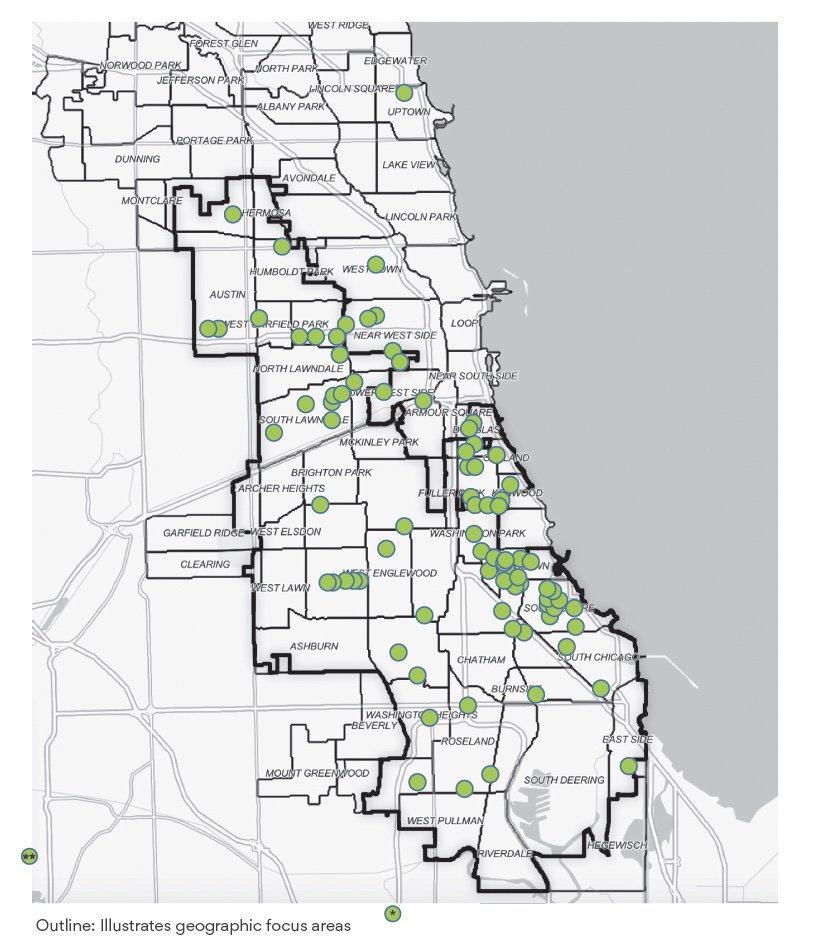Grantmaking
The Field Foundation makes grants and awards in three ways:
A Road Together (ART). Through our partnership with the MacArthur Foundation, we accept annual applications for general operating funding for small and mid-sized arts and culture organizations.
Journalism & Storytelling and Justice. In these program areas, we accept grant applications on a rolling basis.
Leadership Investment. Our Leaders for a New Chicago Award — a collaboration with the MacArthur Foundation — recognizes individuals who are bringing tranformative change to their communities.
“We want to collaborate with our grant recipients as a strategic partner who brings value to the work that goes above and beyond the value of a grant.”
Funding Eligibility
We seek to invest in Chicago-based nonprofits serving Field’s geographic priority areas, with a focus on Chicago’s South and West Sides. We are committed to supporting community power building and helping our grant recipients achieve resident-set objectives to advance a reform agenda that will benefit their communities.
Funding Priorities
We prioritize our funding to benefit areas of greatest need. Our funding map illustrates community investments from our last two fiscal years (May 1, 2022 through April 30, 2024.)
Geographic Priority Areas Data Maps
The Field Foundation created a series of interactive maps, outlining geographic areas where an analysis of quality-of-life factors indicates areas of greatest need. Explore the data below to learn more about our geographic priority areas.
Photography by Felton Edward Kizer


